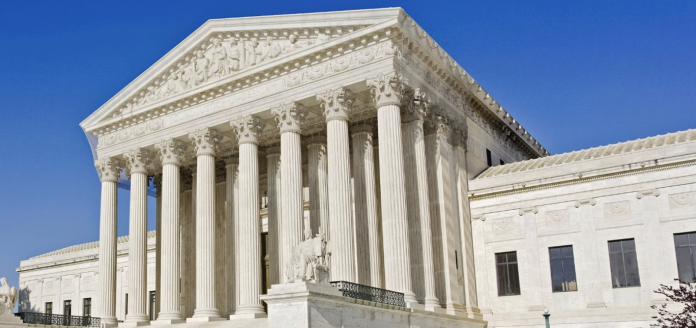With let-them-eat-cake obliviousness, today, the majority pulls the ripcord and announces ‘color-blindness for all’ by legal fiat. But deeming race irrelevant in law does not make it so in life. And having so detached itself from this country’s actual past and present experiences, the Court has now been lured into interfering with the crucial work that UNC and other institutions of higher learning are doing to solve America’s real-world problems.” Supreme Court Justice Ketanji Brown Jackson, dissent, Students for Fair Admissions, Inc. v. University of North Carolina Affirmative action in college admissions has never given applicants of color an advantage over white applicants. It merely diminished, however slightly, the vast advantage white applicants have had over applicants of color.
In stripping away a mild remedy to racial disparities in higher education, the Supreme Court has condoned and entrenched this vast advantage and set the country on a path to even greater inequality.
Diminishing this advantage has never been the primary goal of affirmative action policies. They were not intended to help students of color gain admission to elite schools. They were intended to create diverse campus environments that benefited every student.
The term “affirmative action” originated in the movement to eliminate discrimination in employment. It acknowledges a simple reality: Policies that permit people to cross a barrier are meaningless unless they also build a bridge across that barrier.
The term entered the realm of education in 1968 when the Supreme Court’s decision in Green v. County School Board of New Kent County required school boards to develop a plan to end segregation in their districts in accordance with Brown v. Board of Education. The assassination of Martin Luther King, Jr. that same year–much like the murder of George Floyd in 2020 – triggered a national reckoning over racism that pushed colleges to adjust their admission policies to diversify their campuses. Like most efforts to rectify racial injustice in the United States, this movement met with a backlash that resulted in the Court’s 1978 decision in Regents of the University of California v. Bakke: schools could not set quotas for students of color, but they could use race as a factor in admissions to promote diversity.
The precedent set in Bakke guided the Court for the next four decades. How were institutions of higher education to achieve diversity on their campuses without that bridge that allowed diverse students to cross onto those campuses?
This week, six justices recklessly, foolishly, imprudently blew up that bridge. And for what? Not because, as they claimed, policies intended to equalize ,…
Thank you for reading Marc H. Morial article on scoopnewsusa.com. For more on “Supreme Court decisions on Affirmative Action in Higher Education set the country on a path to even greater INEQUALITY“, please subscribe to SCOOP USA Media. Print subscriptions are $75 and online subscriptions (Print, Digital, and VIZION) are $90. (52 weeks / 1 year).


